Indiana Toxic Plants
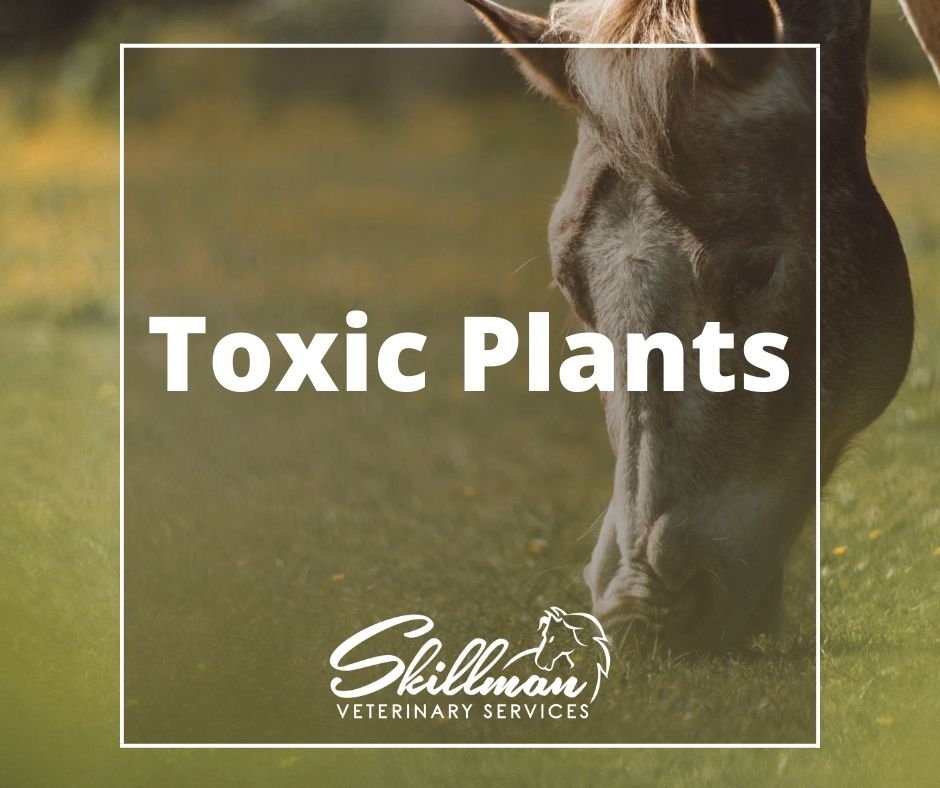
INDIANA PLANTS TOXIC TO HORSES
Summer brings lush greenery and vibrant pastures, but not all plants are safe for our equine friends. Some common plants in Indiana can be harmful or even deadly to horses if ingested. As responsible horse owners, it’s crucial to recognize these toxic plants and ensure our pastures are free from them. Here’s a guide to help you identify and manage these hazards.
1. RED MAPLE
Identification: Red maple trees have distinct leaves that turn red in the fall.
Toxic Parts: Wilted or dried leaves are the most dangerous.
Symptoms: Ingestion can lead to hemolytic anemia, causing weakness, dark urine, jaundice, and in severe cases, death.
Prevention: Ensure fallen leaves are promptly removed from pastures, especially after storms.
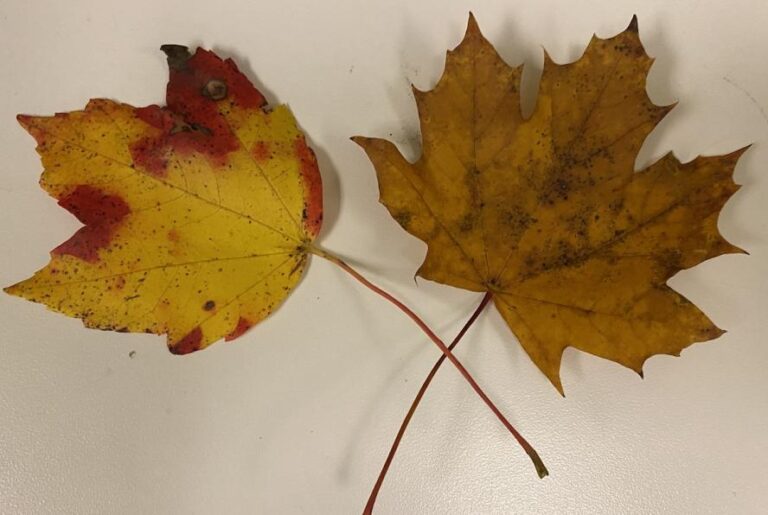
2. BLACK WALNUT
Identification: Black walnut trees have large, compound leaves with 15-23 leaflets and a dark, rugged bark.
Toxic Parts: Shavings made from the wood are highly toxic.
Symptoms: Contact with black walnut shavings can cause laminitis, leading to severe lameness.
Prevention: Never use black walnut shavings in bedding. Check for trees near pastures.
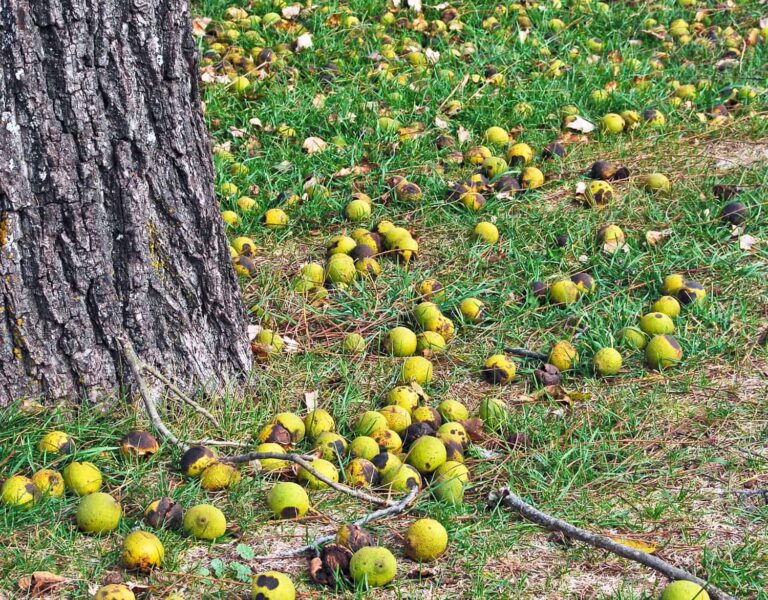
3. YEW
Identification: Yew bushes have flat, needle-like leaves and red berries.
Toxic Parts: All parts, especially the seeds and leaves.
Symptoms: Yew ingestion can cause sudden death due to heart failure. Symptoms may include tremors, difficulty breathing, and collapse.
Prevention: Remove yew plants from around stables and pastures. Ensure clippings are not disposed of where horses can reach them.
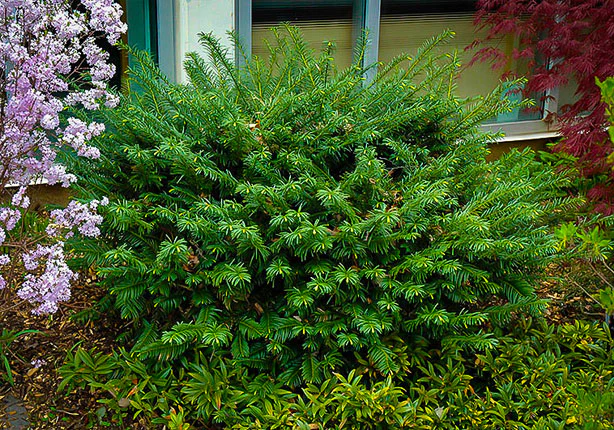
4. POISON HEMLOCK
Identification: This plant has fern-like leaves, small white flowers in umbrella-shaped clusters, and purple-spotted stems.
Toxic Parts: All parts of the plant.
Symptoms: Poisoning can lead to nervous system disruption, causing tremors, incoordination, respiratory failure and death.
Prevention: Regularly inspect and remove poison hemlock from pastures and along fence lines.
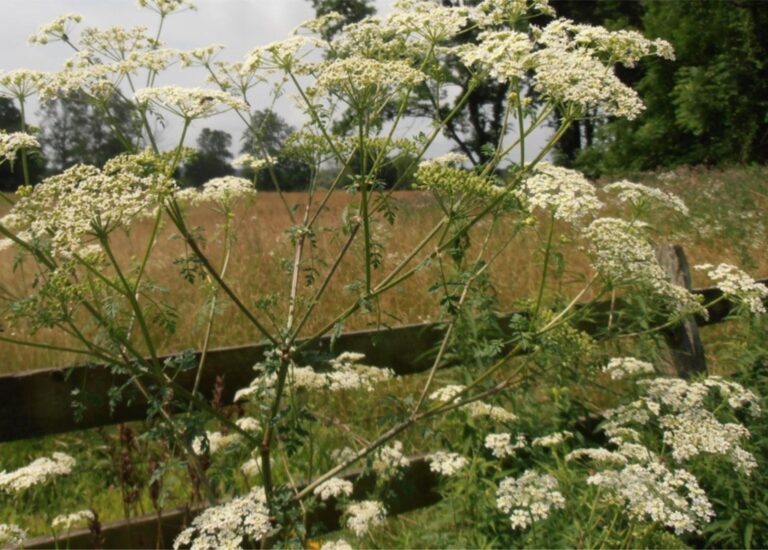
Identification: Buttercups have bright yellow flowers with five petals.
Toxic Parts: All parts of the plant, especially when fresh.
Symptoms: Ingestion can cause mouth ulcers, drooling, colic and diarrhea. Severe cases can lead to convulsions.
Prevention: Maintain healthy, dense pasture to outcompete buttercups. Mow regularly to prevent flowering.
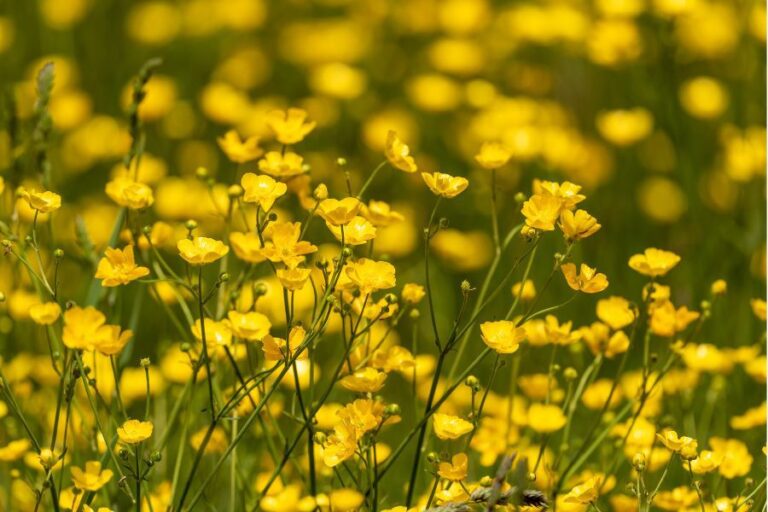
Regular Inspections: Frequently check pastures and surrounding areas for toxic plants.
Proper Identification: Learn to identify common toxic plants in your region.
Maintain Pasture Health: Promote healthy grass growth to outcompete weeds.
Safe Disposal: Properly dispose of plant clippings and fallen leaves.
Educate and Act: Educate all caretakers about toxic plants and have a plan for immediate action if ingestion is suspected.
What to Do if Your Horse Ingests a Toxic Plant:
Immediate Isolation: Remove the horse from the pasture to prevent further ingestion.
Contact Your Vet: Call your veterinarian immediately for advice and possible treatment.
Monitor Symptoms: Watch for any signs of distress or illness and report them to your vet.
